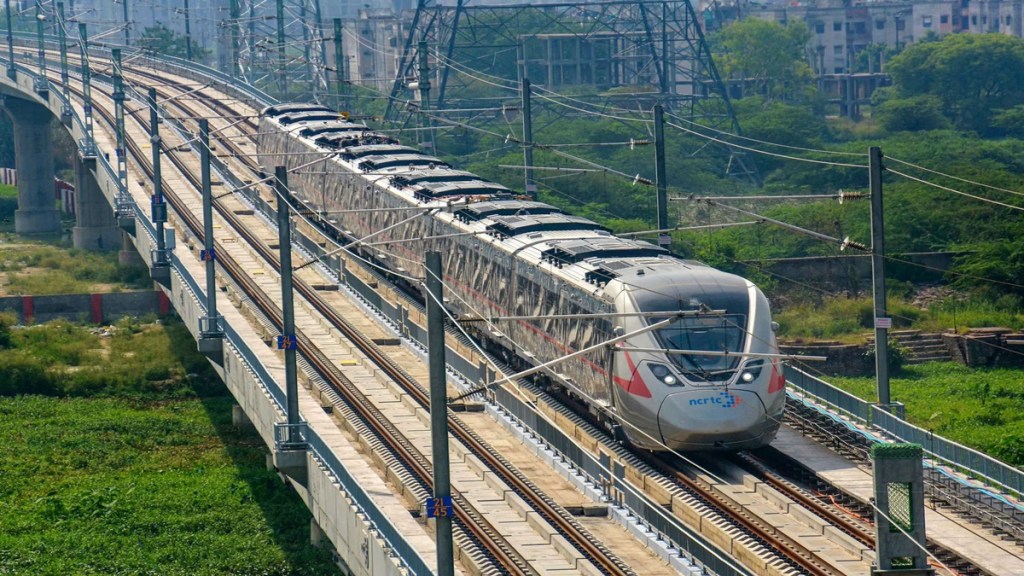The National Capital Region Transport Corporation (NCRTC) is embarking on a significant green initiative by installing solar panels across the Delhi-Ghaziabad-Meerut Regional Rapid Transit System (RRTS) corridor. Anticipated to generate an impressive 12.5 million units of solar energy annually, this endeavor is set to reduce carbon dioxide emissions by 11,500 tonnes each year.
Three MW Solar Capacity Already Installed
In a commendable step towards sustainability, the NCRTC has already installed a solar capacity of approximately three megawatts over the platform sheds of key RRTS stations, including Sahibabad, Guldhar, Duhai, Duhai Depot station, and Duhai workshop in the priority section. This capacity is strategically placed to meet the auxiliary load requirements of these locations.
Ambitious Plan: 11 Megawatts Targeted for RRTS Corridor
The NCRTC has ambitious plans to extend its solar capacity to approximately 11 megawatts, covering the entire 82 km-long Delhi-Ghaziabad-Meerut RRTS corridor. As part of this initiative, more solar power plants will be progressively installed at the remaining stations, with a goal to meet 70% of the corridor’s total energy requirement through solar energy.
Solar Power Plants at Key Stations
At Sahibabad station, a solar power plant with a total capacity of 729 kilowatts and 1,620 high-efficiency solar panels is expected to generate around 10 lakh units of electricity annually. Similarly, the Duhai Depot houses a solar power plant with an installed capacity of 585 kilowatts.
Integrated Green Technologies from the Beginning
The adoption of green technologies has been integral to the RRTS project from its pre-design stage. Measures such as the use of fly ash bricks, efficient waste disposal, creation of energy-efficient interiors, and extensive utilization of solar energy showcase NCRTC’s commitment to sustainability.
Comprehensive Approach to Sustainability
Elaborate landscaping efforts at key stations and the space beneath the RRTS viaduct contribute to a comprehensive approach aimed at reducing energy consumption and carbon footprint. Throughout the design, construction, and operation stages, adherence to green parameters has been a top priority.
Exploring Alternative Energy Sources
Looking ahead, the NCRTC plans to explore opportunities in electric and transformative mobility, a hydrogen-based economy, and other alternative fuel sources to further reduce the carbon footprint.
Operational Progress
The 17-kilometer long priority section of the Delhi-Ghaziabad-Meerut RRTS corridor is currently operational. The NCRTC is diligently working towards extending operational services to the additional 25 km-long section from Duhai to Meerut South within the next two months, beyond the priority section. This aligns with the organization’s commitment to sustainable and eco-friendly transportation solutions.
(With PTI Inputs)


